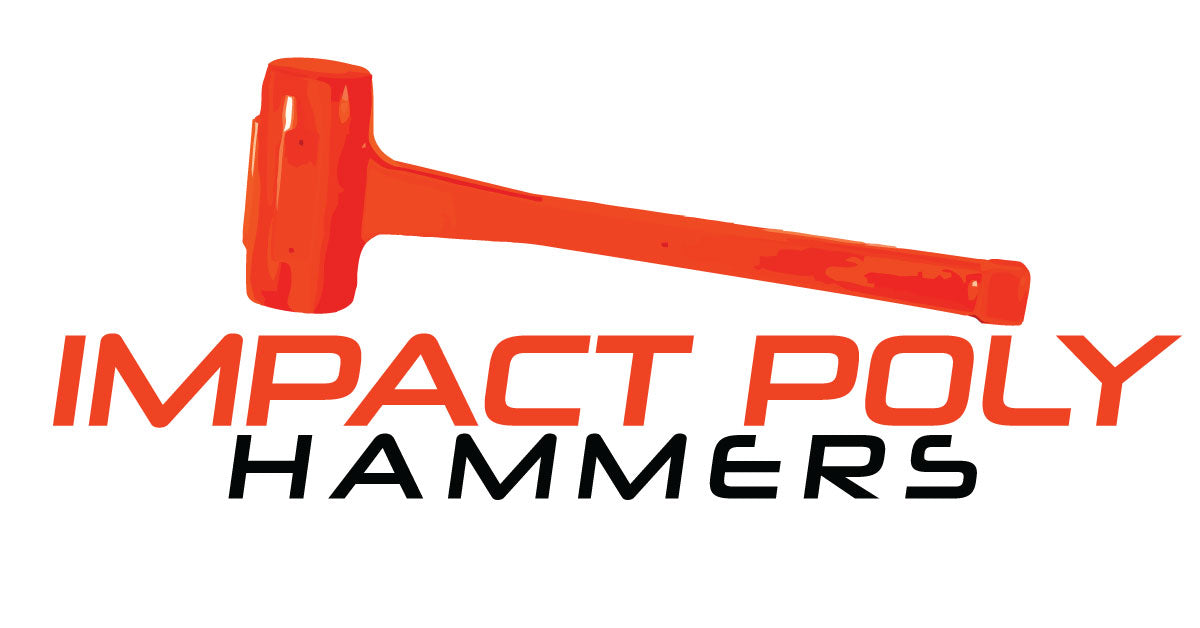I don't remember saying that like that. If I did, I was having a senior moment.
More likely what I said (or at least what I should have said) is that I don't NEED and RARELY USE a brass hammer on my lathe or my mill. I do keep one in the area for those few times when the odd part needs an attitude adjustment or disassembly.
On the mill, I dont need a brass hammer to tap down work on my vise. My vise has prismatic jaws that pull the work down as they tighten. No need for tapping with a hammer of any kind.
I also don't use a metal hammer on my R8 drawbar. Instead, I use a hard plastic mallet. There is something about the hard plastic that makes things come loose without the need for muscle or force. One very light rap with the plastic mallet and the R8 tool drops immediately. The bonus is no damage to the top of the drawbar.
I may have also said that I use the same plastic mallet to remove the chucks on my D1-5 lathe spindle. It works just as well on the chucks as it does on the spindle. One light tap and it's off. Ya, there is something magic about that plastic mallet.
Some might want to say I prolly don't tighten them adequately. While it's true that I don't gronk on them like I've seen some guys do, it helps to remember that I'm a big guy and they are definitely not what anyone else would ever call loose. It used to take several sharp raps with the brass mallet till I accidentally discovered how well the plastic one works.
Edit - here is a photo of both mallets with a #2 Philips screwdriver for perspective. Although bigger, the plastic mallet is prolly about half the weight of the brass one.
View attachment 31228



